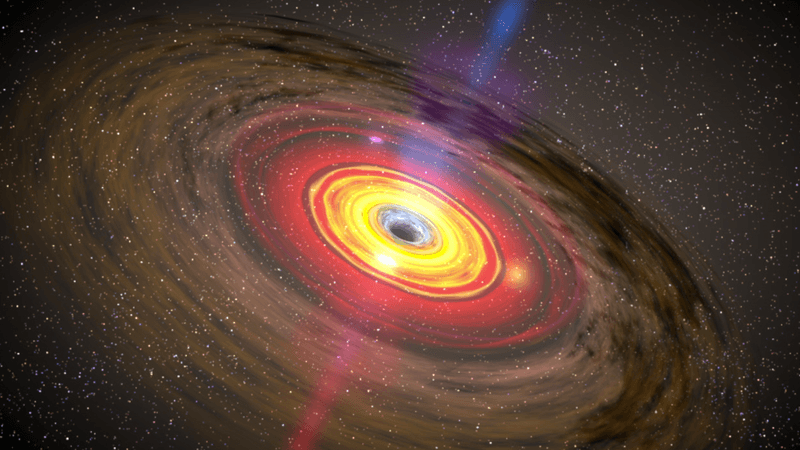Two ways of making quantum computing components with exceptional accuracy have been announced simultaneously by different teams in the same laboratory. One of these has also set a world record for longevity.
Quantum computing has been hailed as one of the technologies that could revolutionize the 21st Century. However, despite many announcements of progress, practical achievements have proven more elusive than anticipated. One of the reasons has been that it has turned out to be very difficult to produce qubits—the basic unit of quantum computers—that process data with sufficient accuracy.
"For quantum computing to become a reality we need to operate the bits with very low error rates," says Professor Andrew Dzurak of the University of New South Wales. Processes have been developed to fix occasional errors, but these break down when the error rate gets too high.
So the announcement in Nature Nanotechnology of two distinct ways to make qubits that have greater than 99% accuracy in their processes marks a significant milestone in the long quest.
The common feature to the two methods is that both embed their qubits in thin layers of silicon 28. Although 28Si is the most common isotope of silicon, more than 7% of the silicon on Earth has extra neutrons. The heavier isotopes affect the reliability of qubits around them.
One of the methods uses phosphorus atoms as its computing device. Lead author of the paper Dr. Juha Muhonen says, "The phosphorus atom contains in fact two qubits: the electron, and the nucleus. With the nucleus in particular, we have achieved accuracy close to 99.99%. That means only one error for every 10,000 quantum operations."
The alternative method is based on artificial atoms. While the error rate for these is higher than the phosphorus, they have the advantage of being made using technology that is already highly developed. "It is really amazing that we can make such an accurate qubit using pretty much the same devices as we have in our laptops and phones,” said lead author Dr. Menno Veldherst.
Dzurak claims, “Our experiments are among the first in solid-state, and the first-ever in silicon” to break the 99% barrier.
Another problem for quantum computing is low coherence time. "Coherence time is a measure of how long you can preserve quantum information before it's lost," says Morello. Many of the qubits being worked on around the world have their coherence time measured in micro or even nanoseconds. However, Morello's team made their qubits last more than 30 seconds, “an eternity in the quantum world” in his words.




